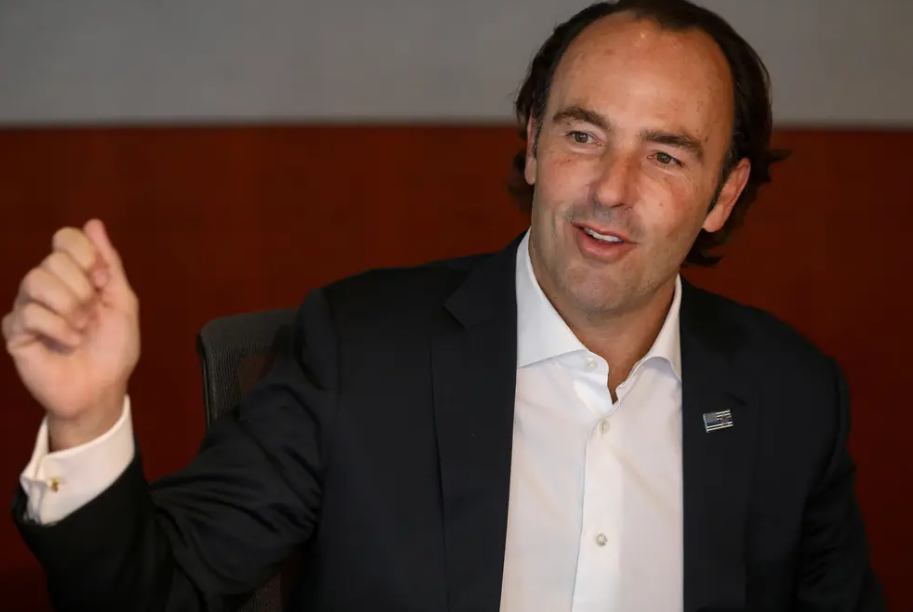Other voices: Fed needs to decrease interest rates — and soon
Published 6:00 am Monday, August 12, 2024
The Washington Post
The post-pandemic hiring surge is over. Job seekers in nearly every industry are having a harder time finding employment. As the latest jobs report showed , the unemployment rate has ticked up to 4.3 percent. Though that is low by historical standards, it’s a significant jump from 3.5 percent a year ago. More than 7.1 million people — each of them requiring housing, food and security — are now out of work. That’s up by more than 1 million from last summer. Americans without college degrees have been especially hard-hit.
Trending
Since the post-pandemic inflation spike, the Federal Reserve has elevated interest rates to restrain price increases so rapid they poison the economy. For a year, rates have been near 5.5 percent. Miraculously, the big trade-off of high rates leading to sluggish growth and unemployment failed to manifest. No longer. With inflation close to its 2 percent target, the Fed now needs to pivot back to supporting the labor market, finally lowering interest rates at its next meeting in September and likely again later this year.
Fed officials still have time to prevent a downturn. Economists rely on what’s known as the Sahm Rule to gauge when a recession arrives. It’s based upon the observation that when the unemployment rate rises significantly in a year, it has always heralded a U.S. recession. The July unemployment numbers were high enough to trigger the Sahm Rule. But there’s reason to hope this time is different. Companies are not laying people off, just reducing their hiring after they took on new workers rapidly in 2022 and 2023. Firms appear to be in wait-and-see mode, which is why Fed action this fall could make a decisive impact. The real estate and manufacturing sectors, for example, could pick up quickly because they tend to be the most sensitive to interest rates.
The Fed and other policymakers need to see the wider context. Economists have shifted profoundly their understanding of sustained tight labor markets and their benefits to society. For years, economists believed that a 5 percent unemployment rate was about the lowest possible in the United States. (There will always be some people looking for jobs, even in a good economy.) In 2016, a top Fed official called that level “ basically full employment.” And yet the U.S. economy has now seen at least two extended periods of unemployment at 4.0 percent or less. There was a two-year stretch from March 2018 until the pandemic and then a 30-month stretch from December 2021 through this May. The benefits have been extraordinary — especially for women, people of color, people without college degrees and Americans with disabilities. People not only got hired; many say they were able to get on a career path that will help them for years to come.
These periods of low unemployment have led many companies and government agencies to drop college-degree requirements for many jobs. This has opened up career prospects for the 119 million Americans who have no college degree of any kind. The trend of more flexible jobs — including work-from-home and part-time shifts, even in factories — have particularly helped women with kids.
Having a job is about more than a paycheck. It brings dignity. New research from economist Raj Chetty and his colleagues finds that children raised in neighborhoods where most people are employed have better life outcomes for decades to come. Even if their own parents aren’t employed, they can see what is possible by looking at their relatives and their friends’ parents. The study looked at data on 57 million people born between 1978 and 1992 and found “large effects” for children who move into communities where employment is growing.
All of this is why it’s concerning to see signs that the labor market is turning, with unemployment rising and hiring slowing sharply outside of health care and government. That’s a major change from last year, when almost every sector was hiring robustly. It’s notable that the unemployment rate for Americans without a high school diploma is now 6.7 percent (up from 5.3 percent a year ago). For people who graduated from high school but not college, the unemployment rate has shot up to 4.6 percent (from 3.3 percent a year ago).
Trending
“I would not like to see material further cooling in the labor market,” Federal Reserve Chair Jerome H. Powell said on Wednesday. Unfortunately, that’s exactly what happened. A soft landing is still within reach, but the Fed will have to take action to secure it.







